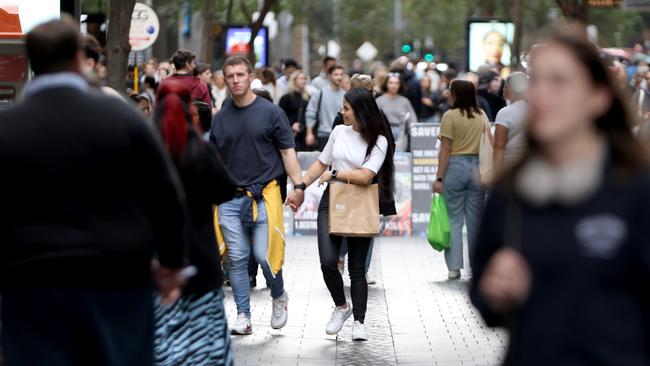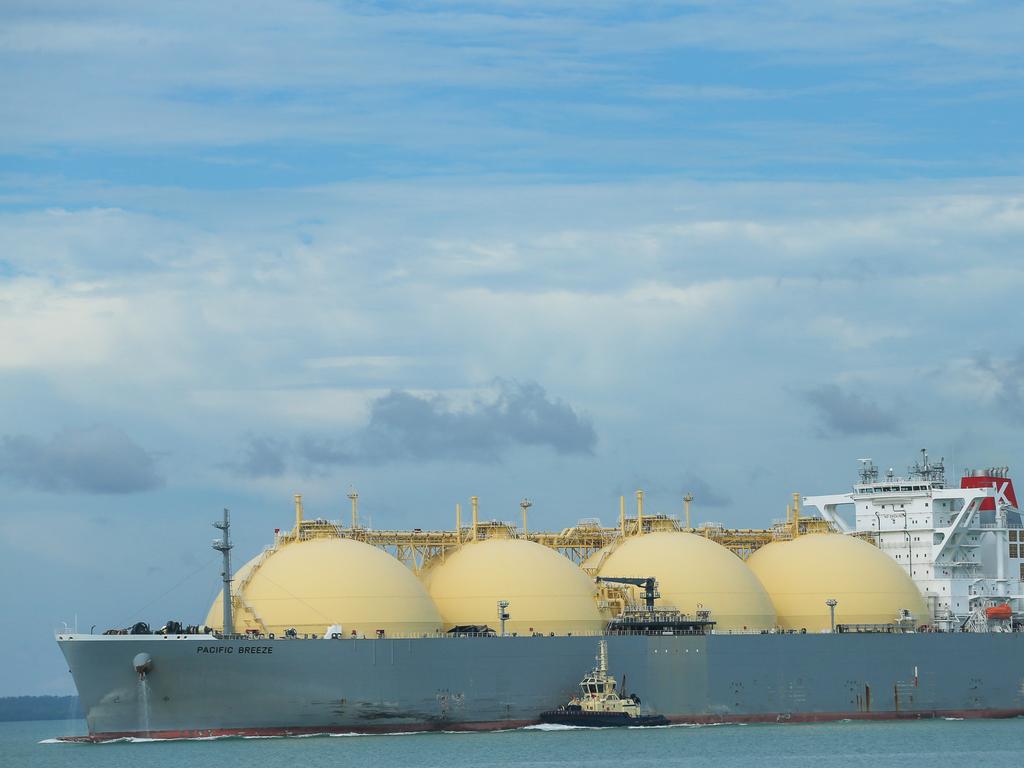RBA says ‘risks around inflation have risen’
The Reserve Bank board considered the case for a 14th interest rate hike at its meeting earlier this month, as members repeated their resolve to ‘do what is necessary’ to control inflation.

Workers intend to save most of the extra income they will pocket from stage three tax cuts, according to a leading consumer survey, as the Reserve Bank board used its May meeting to consider a 14th interest rate hike.
RBA board minutes released on Tuesday revealed the process to get inflation back to the midpoint of the 2-3 per cent target range “was unlikely to be smooth, and members recognised the considerable uncertainty about the outlook for both inflation and the labour market”.
“Given this, members agreed that it was difficult either to rule in or rule out future changes in the cash rate target,” the minutes said.
Westpac’s latest consumer confidence survey on Tuesday revealed 80 per cent of households planned to save at least half or all of tax cuts to be delivered from July, diminishing the potential inflationary impact of the package.
“The results suggest consumers will use tax relief as an opportunity to repair their finances and rebuild saving buffers rather than spend. If they follow through on this plan, only $4.7bn of the $23.3bn in tax relief will be spent,” Westpac senior economist Matthew Hassan said.
Amid evidence that the central bank was finding it increasingly difficult to navigate the “narrow path” to taming inflation without tipping the economy into recession, Judo Bank chief economic adviser Warren Hogan said the Albanese government had “politically marked the ground” to shift the blame for the cost-of-living crisis on the independent RBA.
Speaking at an Australian Shareholders Association conference in Melbourne on Tuesday, Mr Hogan said the recent budget was set up for an election, and the government was adding to demand and inflationary pressures.
“This government is all about spending. Government spending right now is about 25 per cent of GDP,” Mr Hogan said.
“The only time in history it has been at this level is when the economy has been weak, (such as in) the early ’80s or ‘90s.
“They’re changing the fundamental approach to government finances … (they want) bigger government.
“If we do decide to go down the route of bigger government, more deficits and more debt, then we should be expecting some sort of adjustment on the other side of that ledger, which is most likely to come in the form of higher interest rates and some kind of credit constraint on the housing sector.”
RBA board members held the cash rate at 4.35 per cent, but the meeting minutes “reiterated their resolve to do what is necessary to return inflation to target”.
After becoming deeply pessimistic about the prospect for mortgage relief following hot inflation figures in late April, financial markets before the release of the latest board minutes were pricing in a 50 per cent chance of a rate cut by year’s end.
Nevertheless, community fears of another interest rate increase remain high, particularly after RBA governor Michele Bullock this month said she was “alert and vigilant” to the risk of inflation staying too high for too long.
Westpac’s survey revealed that just over half of Australian households expect rate rises to resume over the coming 12 months.
While relatively few economists predict a rate hike, the RBA minutes highlighted how the central bank had become more concerned that inflation was not coming down as quickly as it had hoped.
In particular, inflation “had peaked but remained high” in the services sector, particularly in essential areas, the minutes noted.
Keeping with the increased wariness about the risk of inflation staying higher than expected, the board minutes noted that “a higher cash rate might also be required, even with ongoing weakness in aggregate demand, if other factors slowed the pace of disinflation”.
“Members observed that this could occur if trend productivity growth turned out to be weaker than assumed, unless wages growth were to moderate in response.
“A drift higher in inflation expectations, should it occur, would also make it more costly to return inflation to target.”
Most analysts believe the hurdle to another rate hike is high, saying that the RBA board has proved to be very reluctant to further tighten the screws on the millions of households already doing it tough.
CBA senior economist Belinda Allen said she still anticipated a first rate cut in November, but that the minutes pointed to the risk the RBA could stay on hold for longer.
With a depressed consumer still at the heart of the weak economy this year, Ms Allen said a key “circuit-breaker” for the outlook could be what Australians choose to do with the sizeable income tax cuts that all taxpayers will receive from July.





To join the conversation, please log in. Don't have an account? Register
Join the conversation, you are commenting as Logout